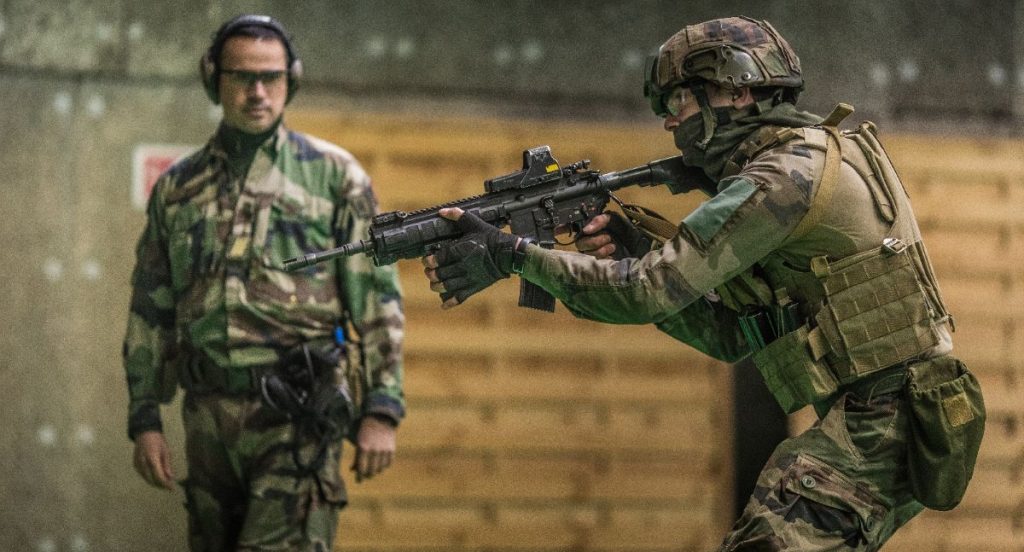Robotic Units Already Deployed in Support Roles, But Combat Integration Remains Complex
Others are reading now
The French armed forces are accelerating efforts to develop combat-ready robots by 2040, with initial operational prototypes expected within the next three years. The announcement came during a recent military-tech event west of Paris that showcased cutting-edge battlefield robotics, including systems designed for surveillance, logistics, and, eventually, frontline engagement.
From Labs to Field Exercises: France Pushes Real-World Testing
As reported by HotNews, the goal was reaffirmed by General Bruno Baratz, head of the Army’s “Warfare of the Future” division. “We hope to have something fairly advanced in three years, with the first terrestrial robot capabilities ready to equip our forces,” Baratz said.
The robots, equipped with legs, wheels, and tracks, underwent weeks of simulated combat missions during the Collaboration-Man-Machine (CoHoMa) exercise. These real-world scenarios tested their ability to maneuver through terrain, avoid traps, and maintain defensive positions—marking a shift from theoretical development to field deployment.
Battlefield Value and Technological Gaps
General Tony Maffeis, head of the Army’s technical branch, emphasized that robots are already useful in support roles like surveillance and mine clearance. But integrating them into active combat remains a hurdle.
Also read
“The robot must facilitate combat, not slow it down,” Maffeis said, acknowledging challenges such as rough terrain navigation and autonomous decision-making under fire.
One promising development came from Thales, a French defense firm that unveiled a robot equipped with a drone-launching ramp.
The drone acts as a scout, mapping terrain and locating threats to guide the ground unit—highlighting the increasing interdependence between air and land robotics.
Still, practical applications will begin in logistics: robotic mules and cargo convoys are expected to enter service first. Combat roles will require more rigorous testing, especially in environments like Ukraine, where drones and unmanned systems are reshaping modern warfare.
General Pierre Schill, France’s Chief of Army Staff, noted that “ground robotics is expanding in Ukraine, but remains complex and underdeveloped.” As battlefield dynamics evolve, France aims to ensure its forces are not left behind in the automation race.


